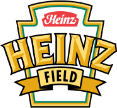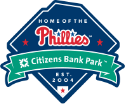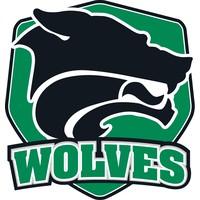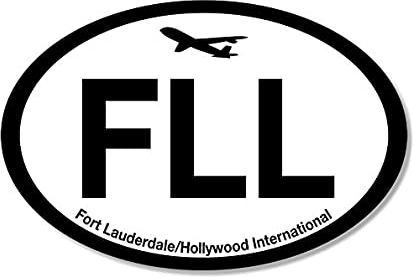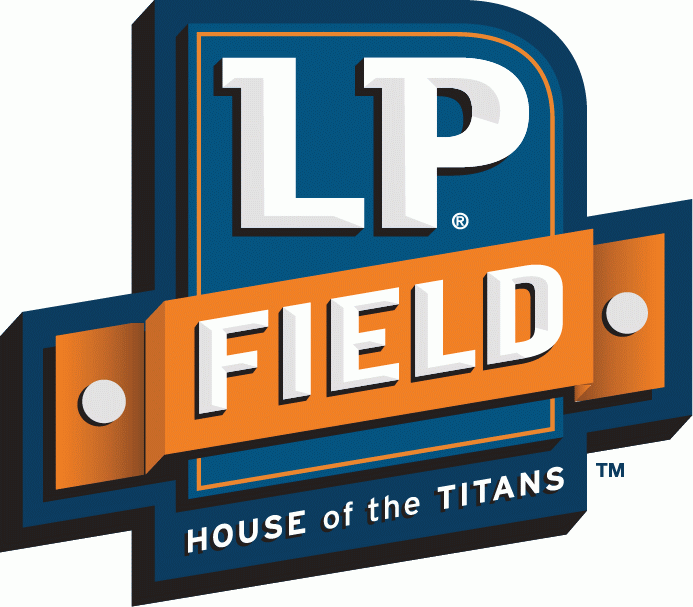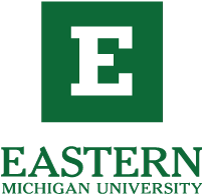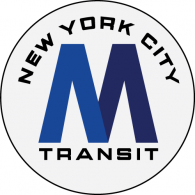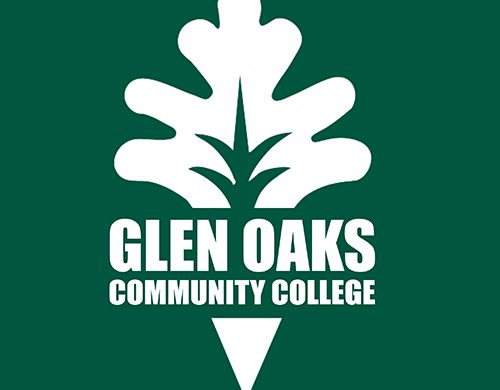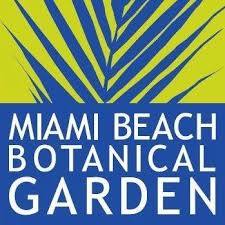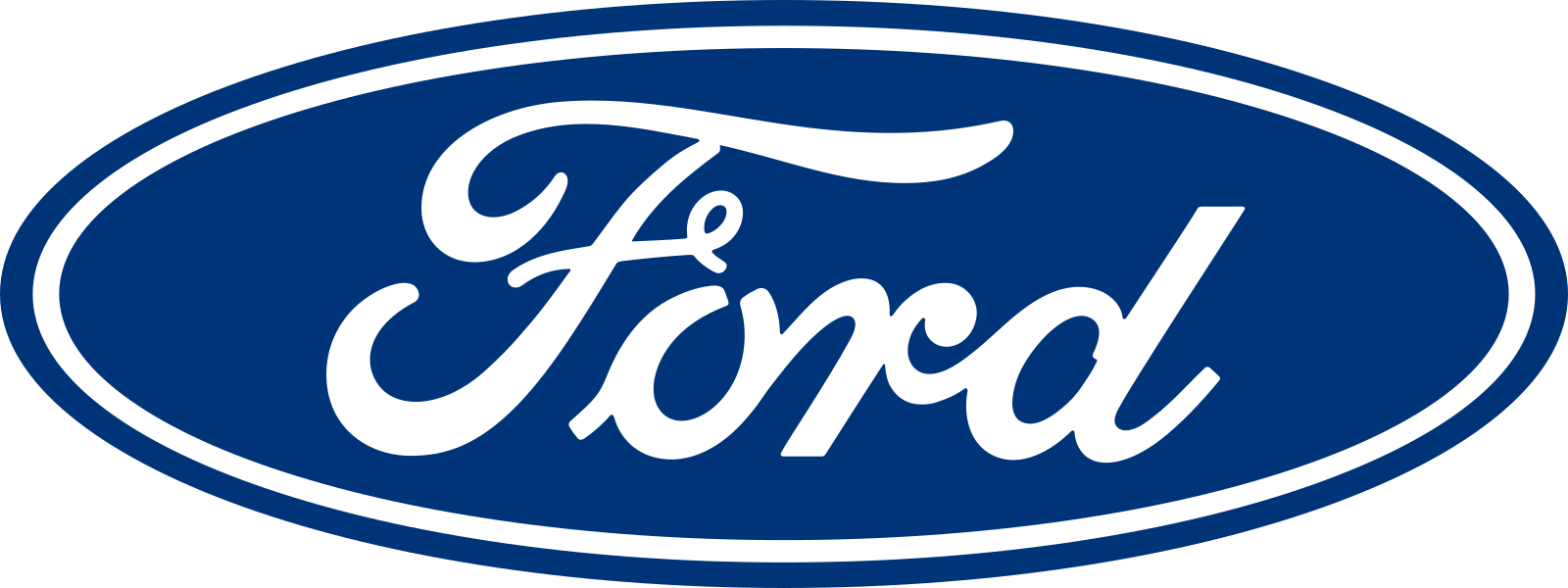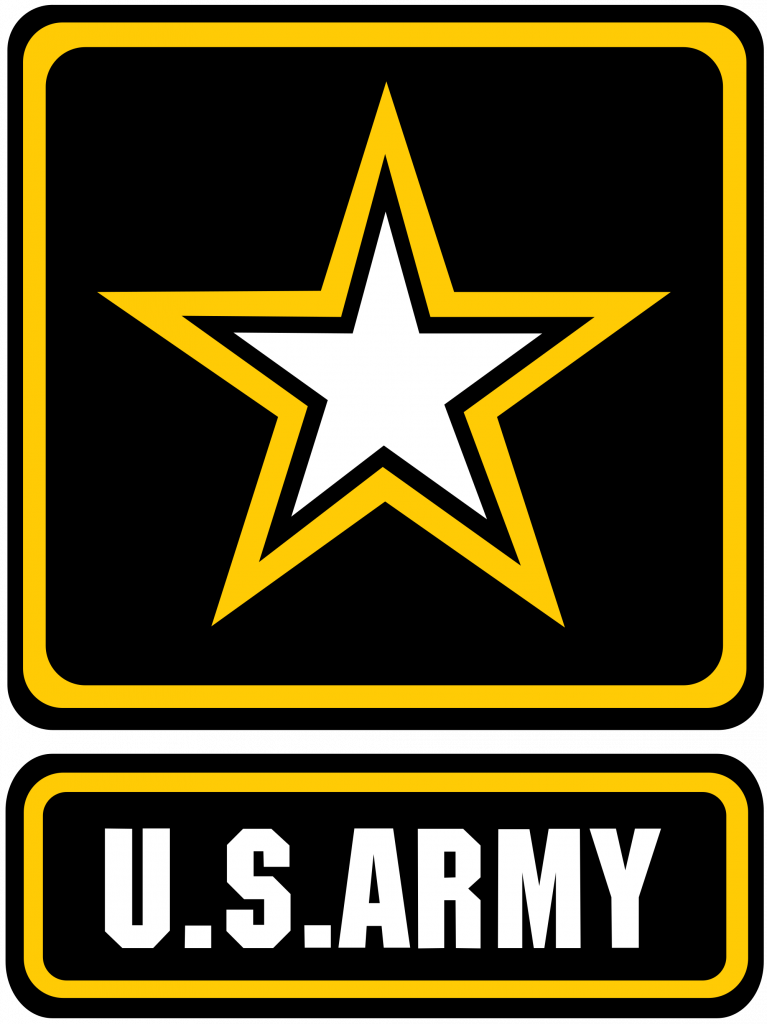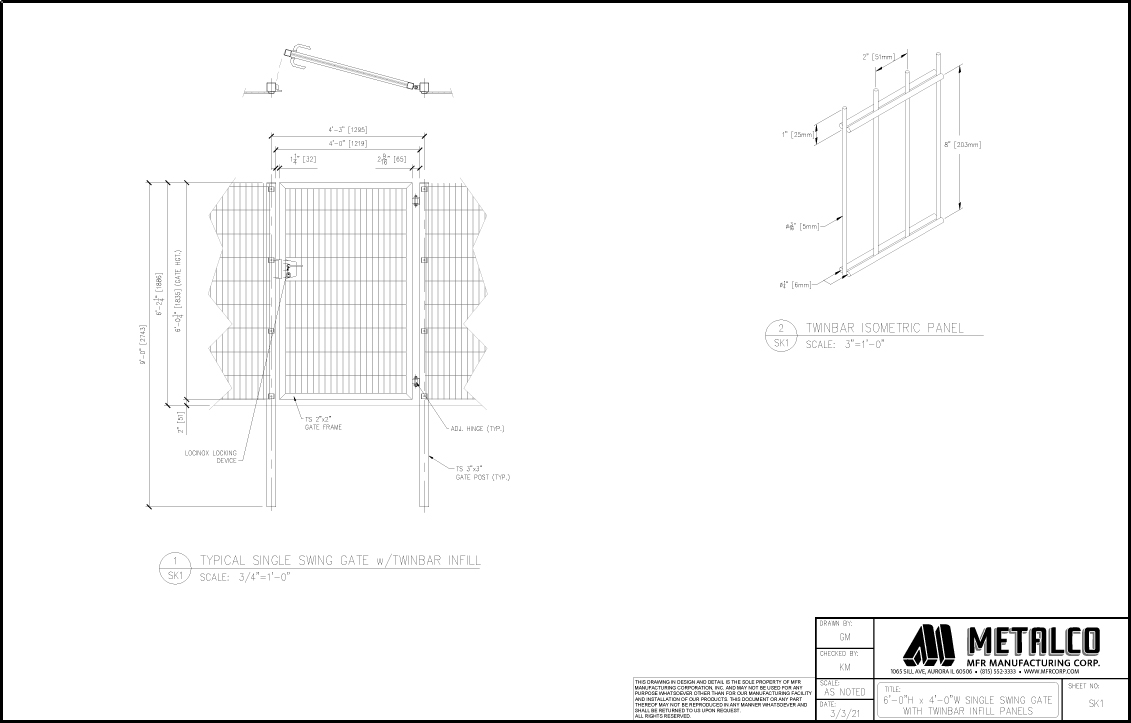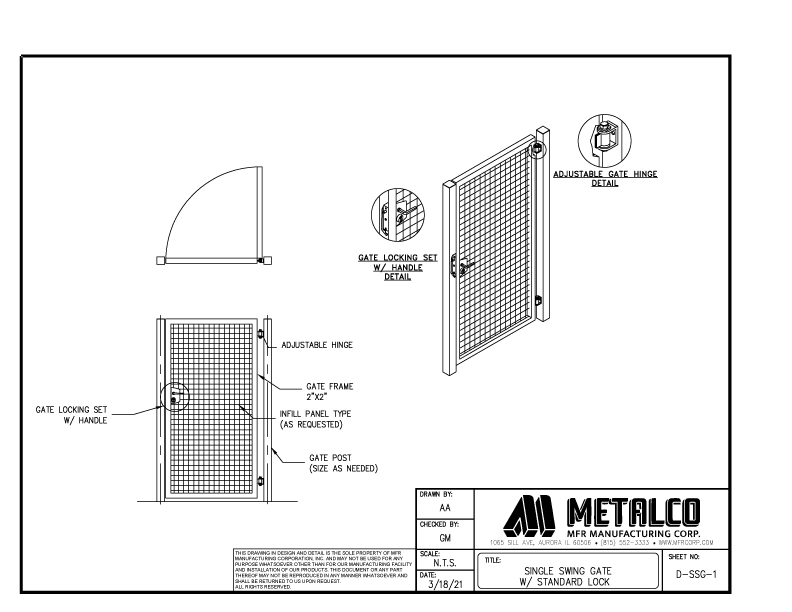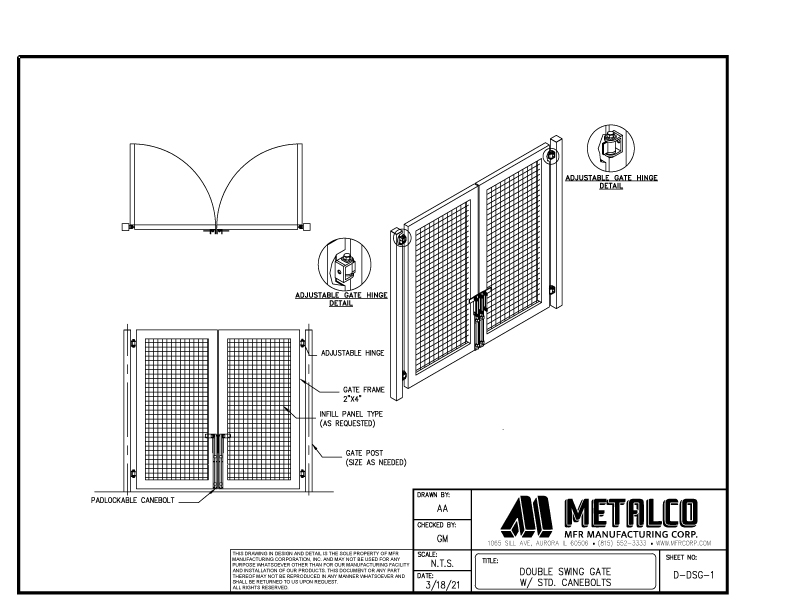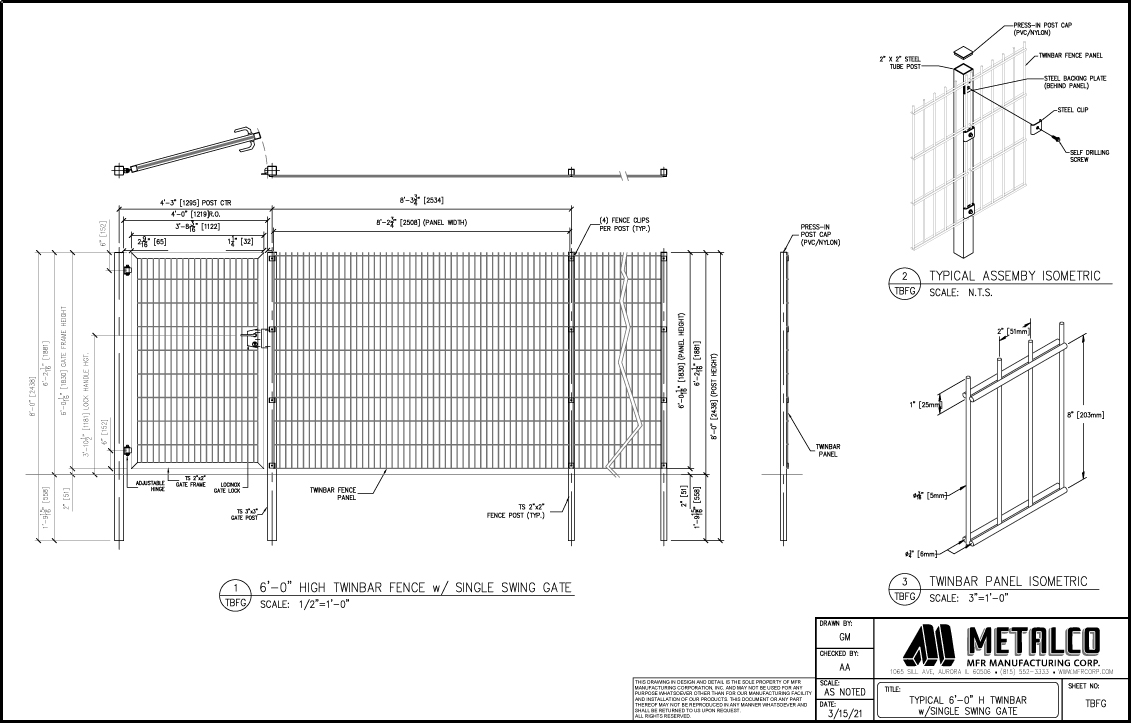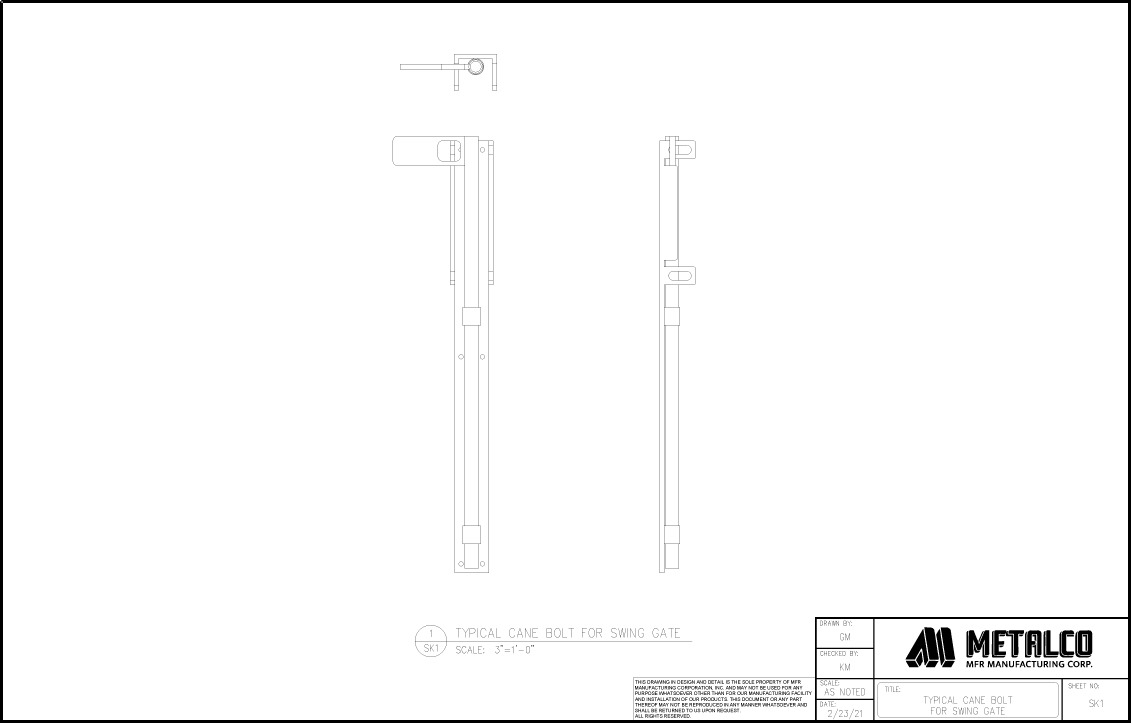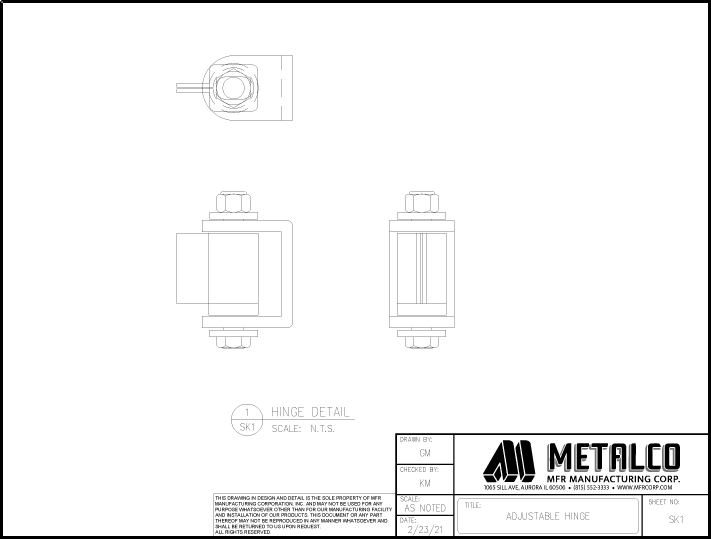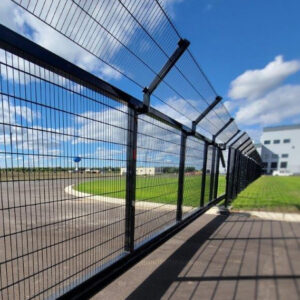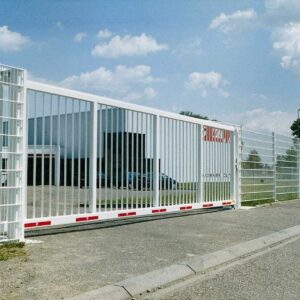Metalco Swing Gates
Metalco Gate Systems
We offer a wide variety of Swing Gates for commercial, industrial and residential applications including:
- Single Swing Gates and Walk Gates
- Double Swing and Bi-Fold Swing Gates
- Trash & Equipment Enclosure Gates
- Panic Exit Equipped Gate Systems
- Self-Closing Swing Gates
- Motorized Gates with Access Control Systems
Any of our METALCO Fencing Products can be utilized as infill designs for our gate systems. Metalco swing gates are custom manufactured to suit any location needs; contact us to discuss your project today.
Environmentally Responsible
Twenty Year Warranty
American Made
25 Years of Experience
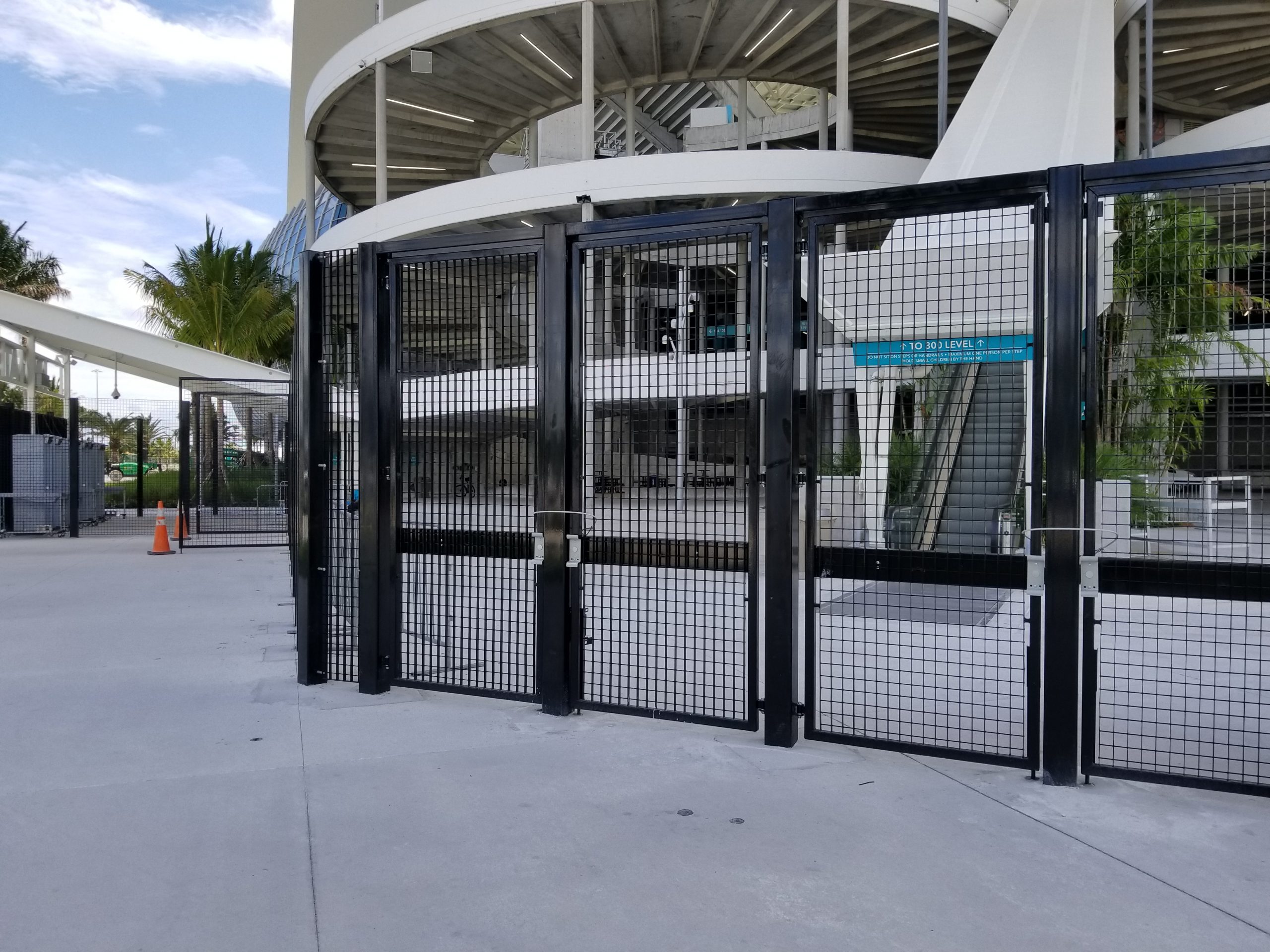
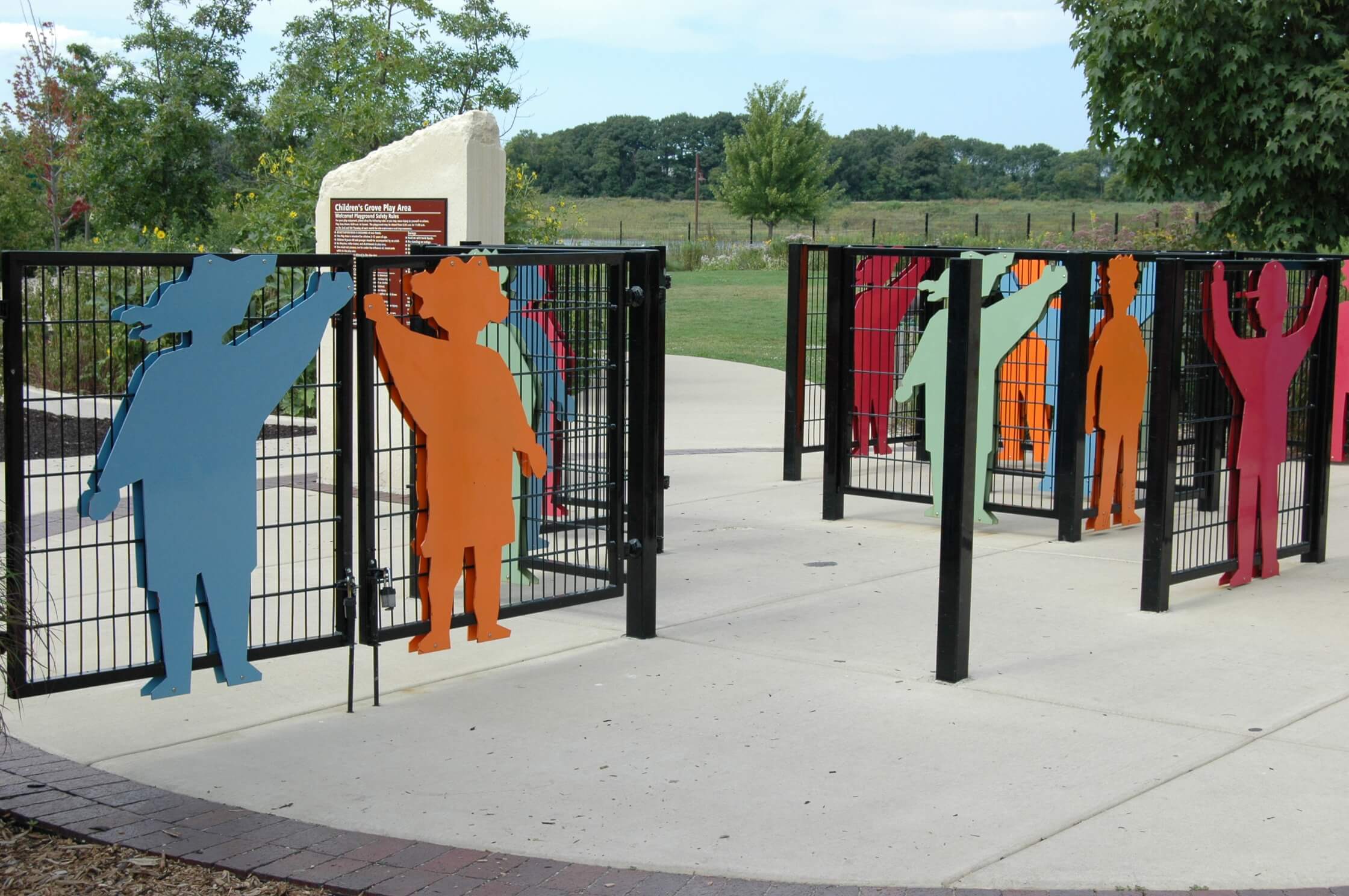
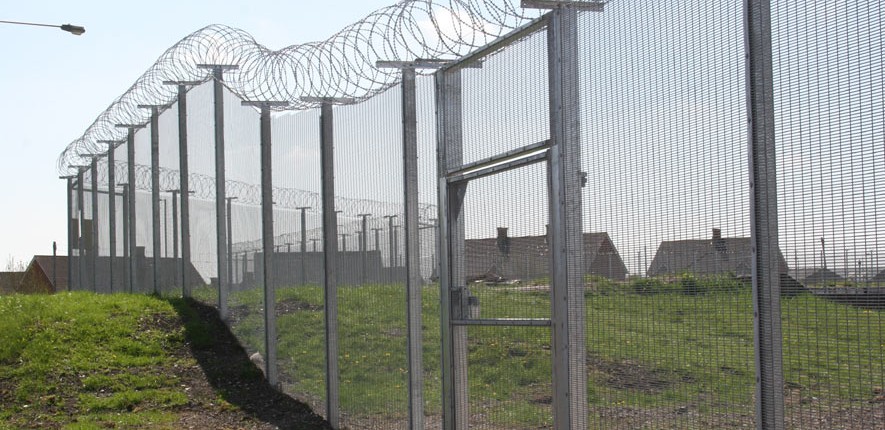
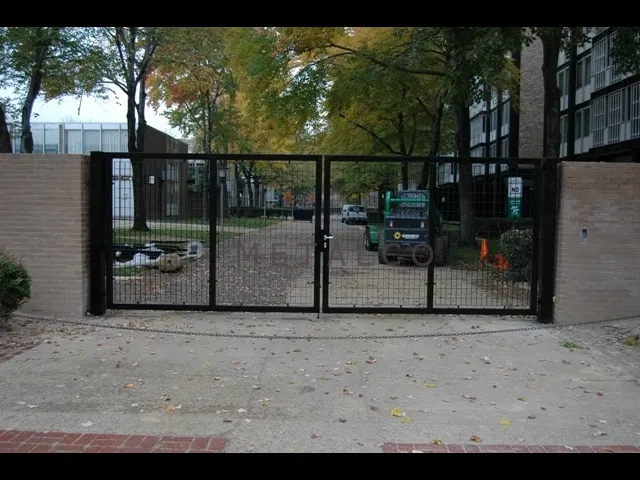
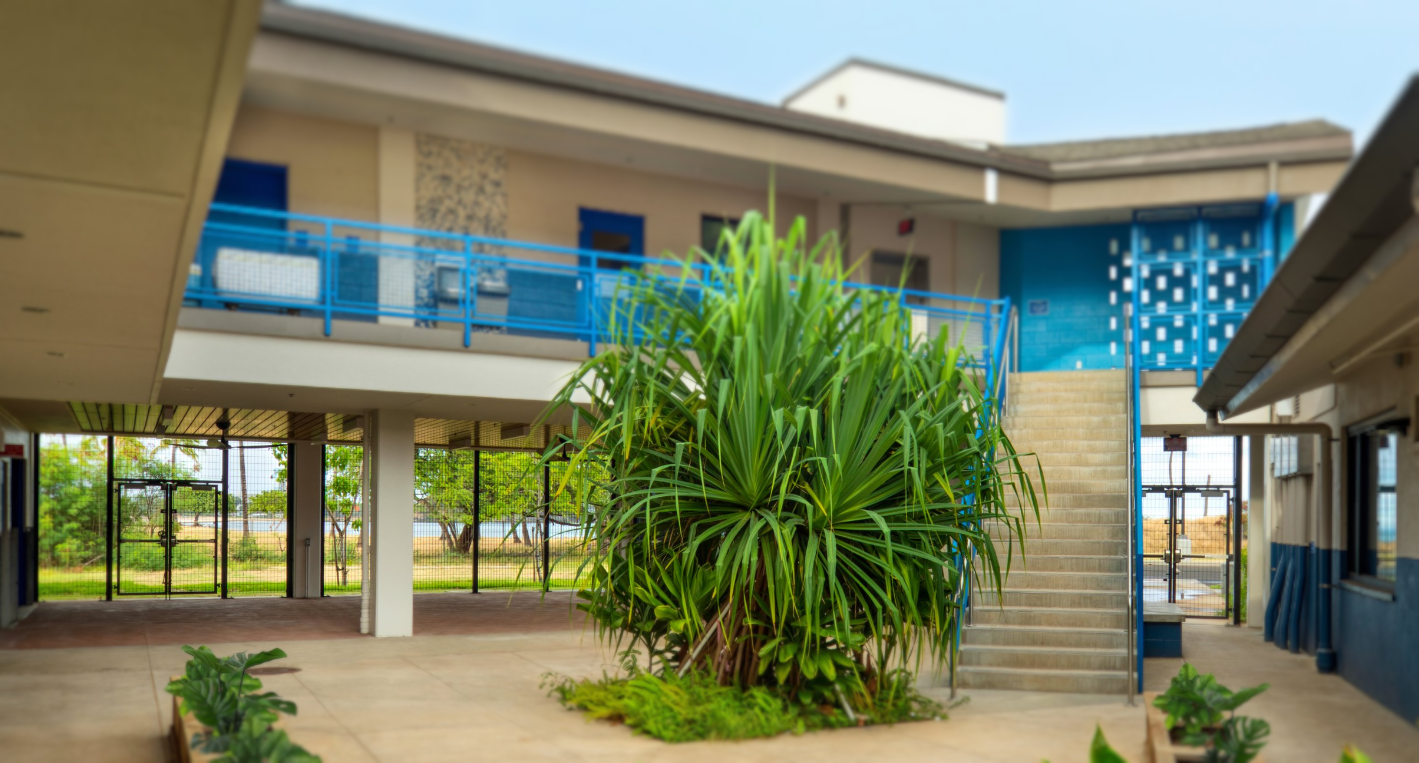
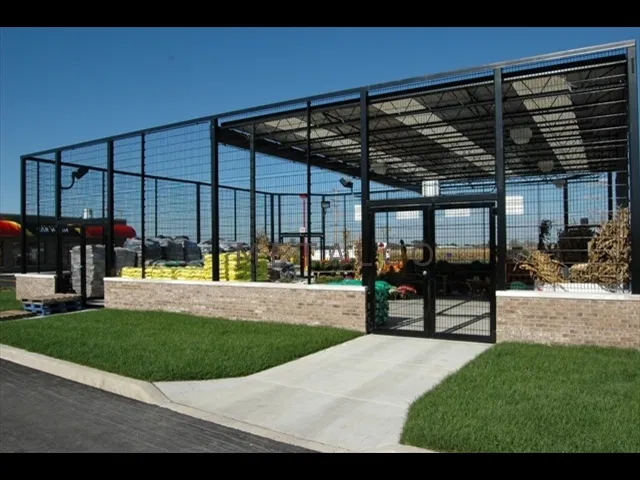
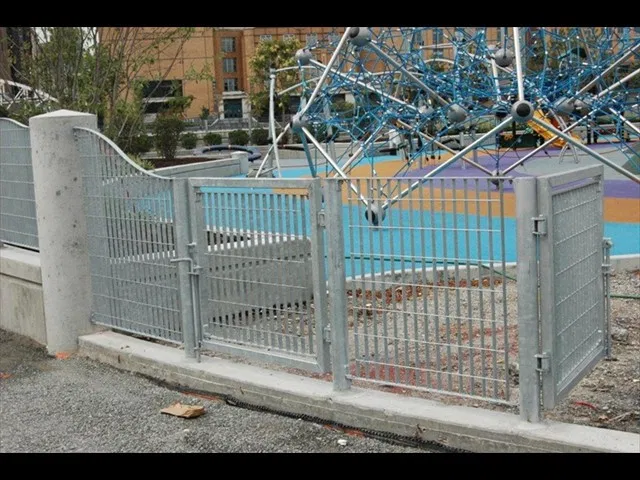
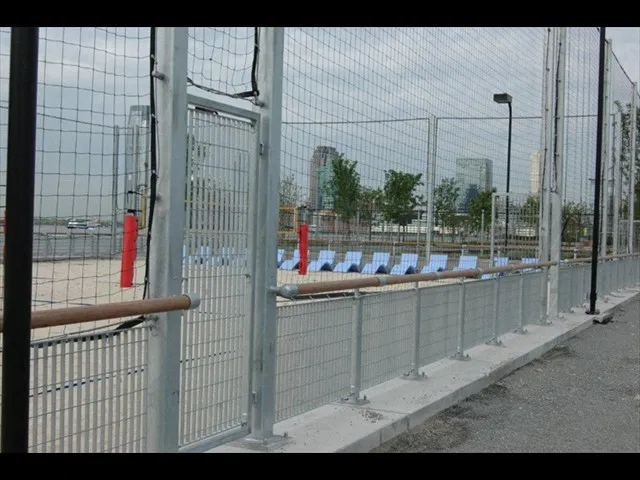
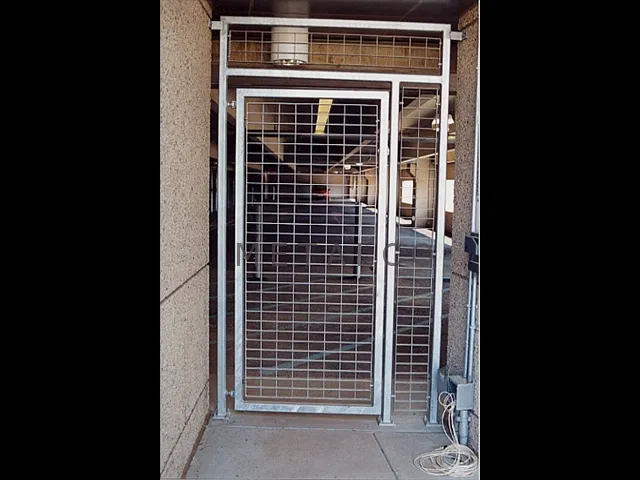
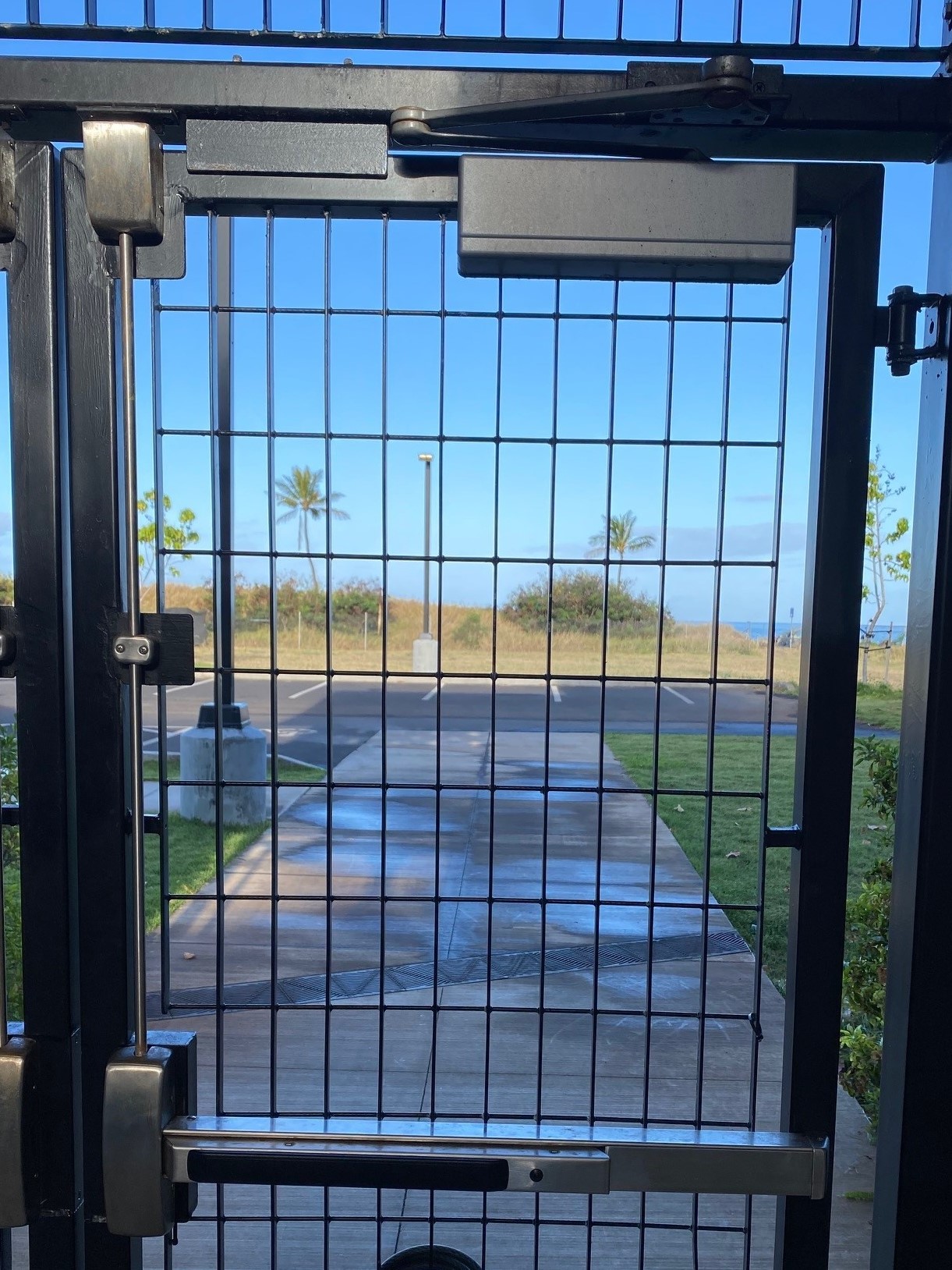
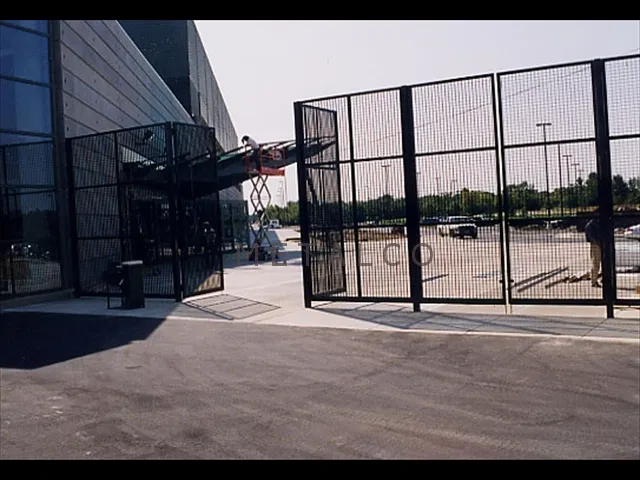
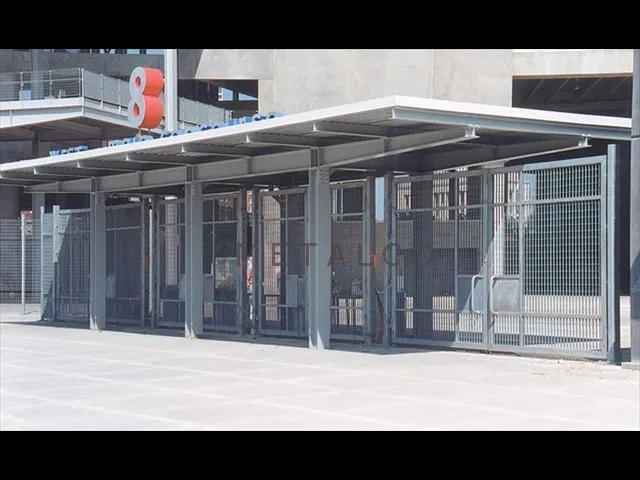
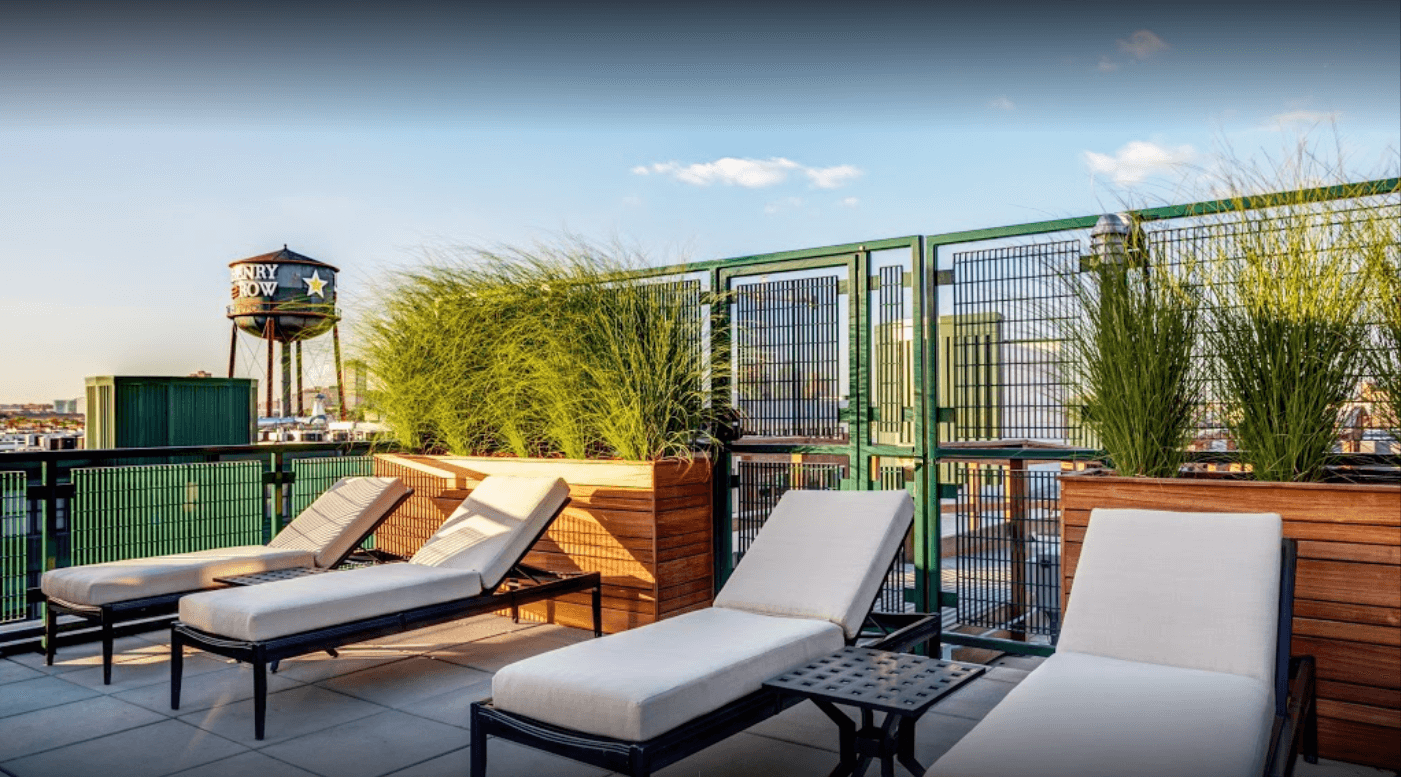
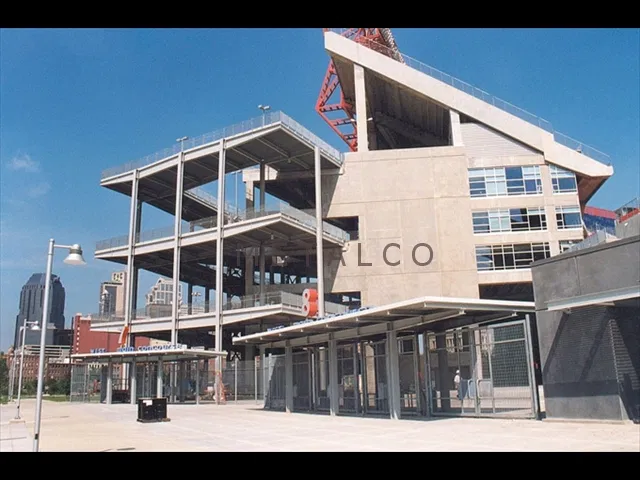
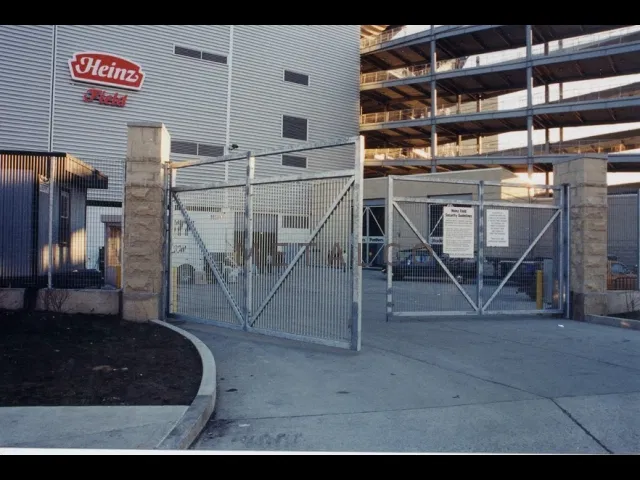
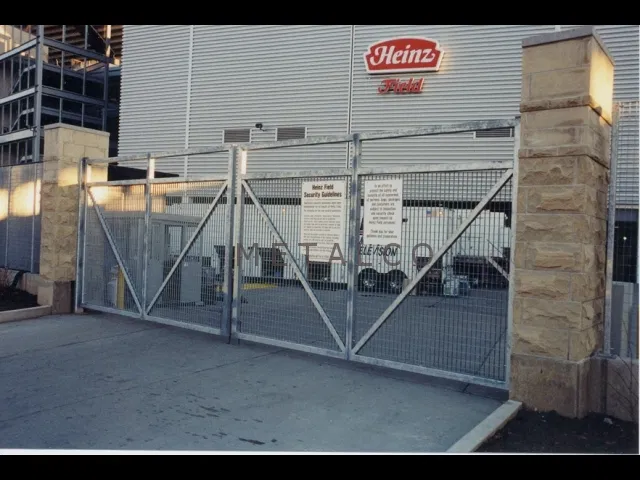
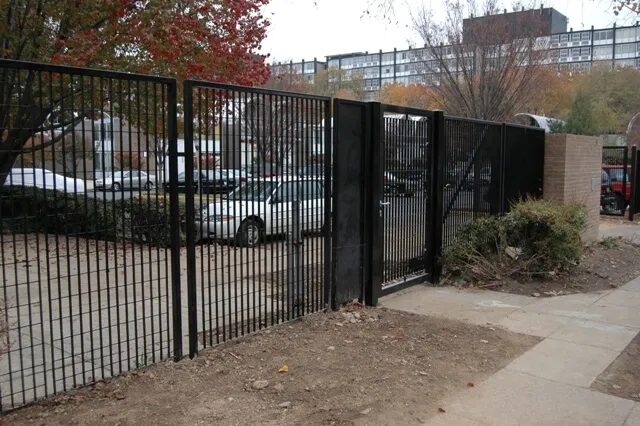
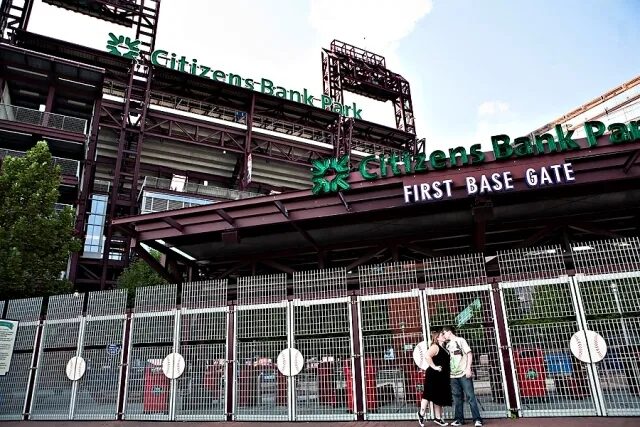
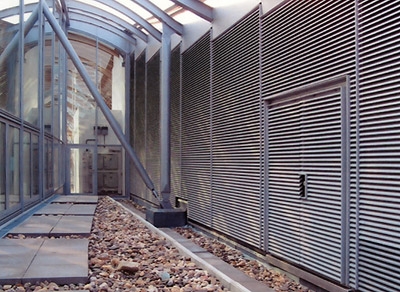
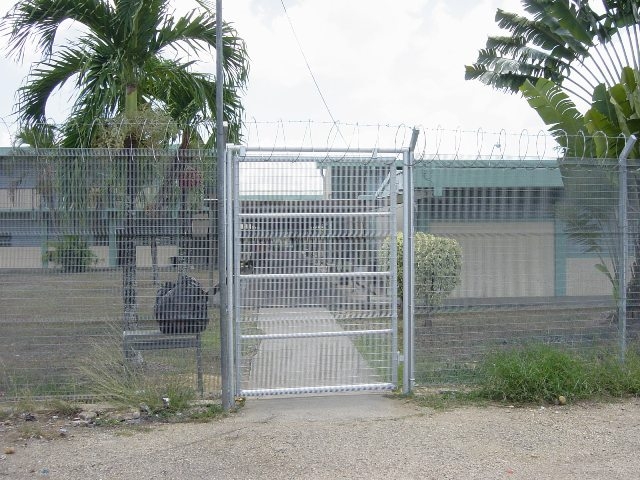
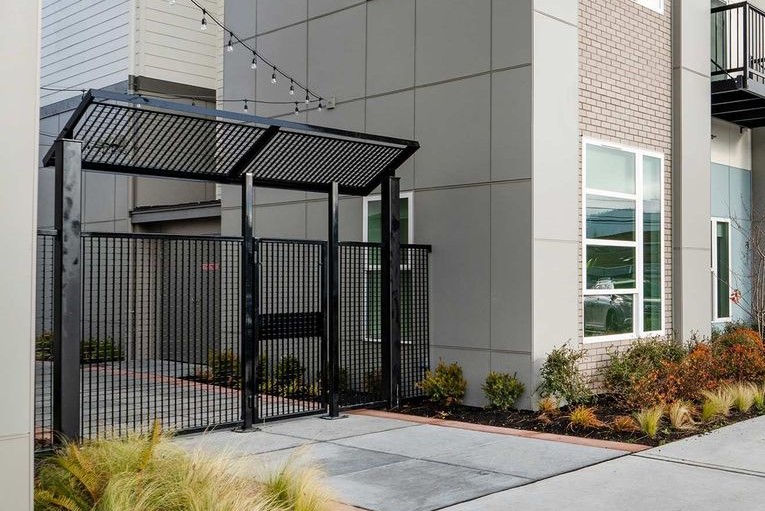
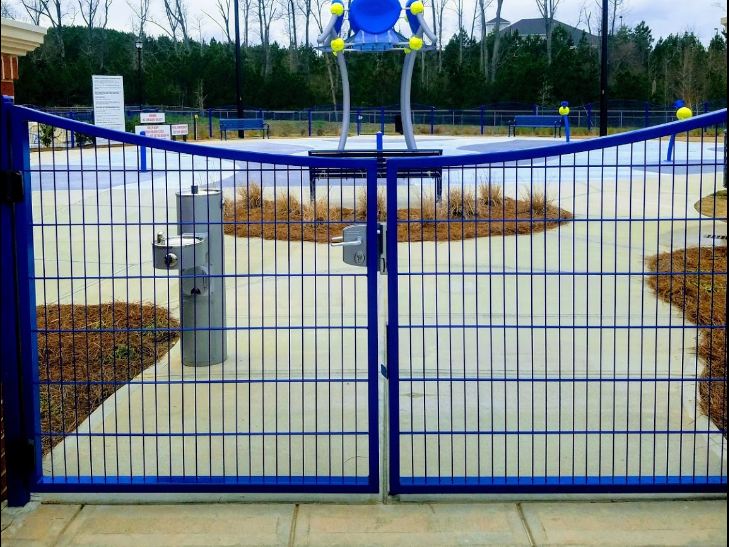
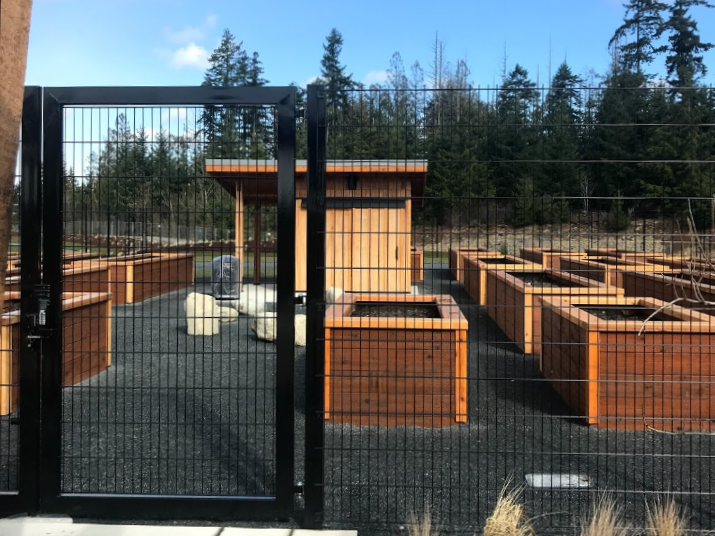
- Information
- CAD Drawings
- Specifications
- Finish & Colors
- Brochures
Information
- Choose from any of our fence system panels
MFR Gate Systems include Swing Gates, Cantilever Slidegates and V-Track Rollergates. We offer standard-size gates as well as custom size gates for virtually any application. Custom designs to match your project are also available. All of our gate systems can be equipped with a hydraulic powered operator with many control options such as keypads, transmitters and more. A variety of security options are available, including self-closing hinges, panic bar exit devices, ADA-accessible handles, and more.
Infill panels for our gate systems can be selected from any of our fence system panels. In addition, you may choose any custom infill solution such as pickets, wood, solid metal, and of course any of our standard infill panel options. Choose a Metalco gate system to complete any design requirement for your project.
Specifications
Gate System Specifications
MFR Manufacturing offers technical assistance to architects, engineers, contractors, owners and facility managers regarding the design and installation of our products. We have provided many custom solutions for unusual situations. Let our experienced engineers assist you to determine the optimum design for your project.
MASTER SPECIFICATION
SECTION 32 31 00
ORNAMENTAL FENCES AND GATES
PART 1 GENERAL
1.1 DESCRIPTION OF WORK
A. Provide steel fence framing and ornamental fences and gates of the following type:
Choose applicable fence and gate components from the following:
1. Wire mesh fence panels.
2. Inclined section (formed main bar) fence panels.
3. Swing gates matching adjacent fence panels.
4. Sliding gates matching adjacent fence panels.
B. Related Work Specified Elsewhere:
1. Concrete Work: Section _________
Consult motor operator manufacturers for guidance in specifying operator systems.
2. Motor Operator For Gates: Section _____
3. Electrical Work In Connection With Motor Operated Gates: Division 16 ELECTRICAL.
1.2 PERFORMANCE CHARACTERISTICS
A. Polyester Powder Coating:
1. Salt Spray Resistance: When tested in accordance with ASTM B117, Bonderite 1000 steel panels, in a scored condition, exhibit no undercutting after 500 hours in 5 percent salt spray testing at 95 degrees F and 95 percent relative humidity. No rusting or blistering on panel face. Under the same conditions after 1000 hours, the panels showed less than 3/16 inch undercutting.
2. Weatherability: When tested in accordance with ASTM D822, with one year exposure in South Florida, with panels facing south and tilted at a 45 degree angle, a high gloss white polyester coating retains 88 percent of its gloss (gloss reading obtained on washed panels). No film failure.
3. Hardness: 2 H (min) when measured in accordance with ASTM D3363.
4. Direct Impact: Up to 160 in./lbs. when measured in accordance with ASTM D2794.
B. Polyurethane Coating: Tests below conducted on Bonderite 1000 panels at 1.0 mil dry film thickness, cured for 30 minutes at 180 degrees F and aged 14 days at room temperature (25 degrees C). Results of each test: Excellent or no failure.
1. 5 percent salt spray: 500 hours.
2. 100 percent relative humidity: 1000 hours.
3. Water immersion: 100 hours.
4. Lacquer thinner, acetone, MEK, gasoline, xylene – 20 double rubs with saturated cloth.
5. Lubricating oils, hydraulic fluids, and cutting oils.
6. Cold Check: 16 cycles, 24 hours at 100 percent humidity; 24 hours at 10 degrees F; 24 hours at 77 degrees F.
7. Pencil Hardness: H to 2H.
8. Flexibility: 1/8 inch conical mandrel.
1.3 SUBMITTALS
A. Product Data: Submit manufacturer’s technical data for ornamental fences and gates.
B. Samples: For each fence panel type selected, submit one representative sample approximately 8 inches by 10 inches, showing fabrication workmanship and selected coating color.
C. Shop Drawings: Submit shop drawings for ornamental fences and gates, including plan layout and details illustrating fence height, location and sizes of support posts, footing requirements, gates and gate hardware.
If specifying motor operated gates, retain the following paragraph.
1. For motor operated gates, include details of provisions to accommodate motor operator components.
PART 2 PRODUCTS
2.1 MANUFACTURER
A. Products specified herein are components of the “MFR Gate System”, and produced by MFR Manufacturing Corp, Inc. Aurora, IL 60506, Tel: 815-318-0839, Fax: 815-552-3315
Website: www.mfrcorp.com
2.2 MATERIALS AND FABRICATION
A. Fabrication: Fence panel components shall be manufactured using the electro-forge welding process for complete penetration of cross members.
B. Configuration: Fence panels and support components shall be fabricated to the configurations shown on the contract drawings.
Finish. Colors. Coating.
The railing systems high rigidity is accomplished by use of combined steel bars which electro forged cross rods. Wide selection of a variety of different mesh sizes to match your project needs. All railing systems are designed to meet the strength requirements of standard building codes. Custom engineered systems can be designed to match any strength requirement for specific local building codes.(i.e. high rise roof top railings)
- Polyester Coating 90/100 micron
- Zinc base E-Coat layer and zinc rich powder layer / alternate hot dip galvanized zinc coating ASTM123
- High Strength Steel
*may vary by product type
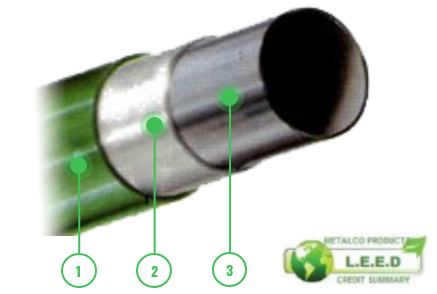
Powder Coating is Eco Friendly
Our Powder Coatings are environmentally friendly and are an organic high quality finished surface providing integrity, durability, and a beautiful appearance over an extended period of time.
Powder Coating has been proven to be safer for the environment than wet paint applications. Most wet paints have solvents that are harmful to the environment. However, powder coat is solvent-free and applied electrostatically.
Ecologically there are no VOCs emitted and very little waste is produced because most powder coating overspray can be reused, greatly reducing the waste commonly found in liquid painting.
Environmental Impact of Powder Coating
Despite all the care that is taken to protect the environment, there are still benefits to be gained.
More importantly, the long term effect of powder coating the product for corrosion protection. Our coating system protects the metals which are exposed to the project conditions, which in turn enjoy a longer lifetime and require far less maintenance. Decay and early replacement of parts are prevented or at best minimized.
In the long run, powder coating will replace its counterpart, wet paint, in more and more areas. Technically, powder coating competes with wet paint head to head. In addition, powder coating is more friendly to the environment than wet paint, for the same cost, yet powder coating also has the advantage of superior mechanical and anti-corrosive properties. Whereas wet paint is all washed up!
Another advantage of using powder coatings is the subtraction of solvents. The powder is applied without any additives. The harmful emission of V.O.C., as used in wet paint, does not occur. The environment also benefits from the electrostatic adhesion of the metal to the powder particles. This adhesion creates a smooth and even layer that covers the edges of the metal object. This eliminates sharp edges that need to be ground into shape. The powder, not attracted to the substrate is contained and reused. Wet paint overspray has to be disposed of as chemical waste.
To protect steel from being affected by corrosion it may be provided with a powder coating. During this process, powder is electrostatically applied to galvanized or a black steel product. It is then cured. The very durable coating that is formed protects the underlying metal and gives the object a shiny and bright appearance.
Powder coatings are applied to steel, hot dip galvanized steel and aluminum as an anti-corrosive layer. The powder is electrostatically applied to the metal. No solvents are used in this process, which means that it is far more friendly to the environment than the alternative wet paint process. Powder that is not adhered can be reused, whereas over sprayed wet paint has to be disposed of as chemical waste.
Powder coatings have outstanding mechanical properties, they are elastic and resistant to impact and wear. This makes powder coating ideal for applications in areas with a high risk of damage, such as stairwells, public areas, gates, lamp posts, etc.
The method for applying powder coating, electrostatic spraying, results in a very good coverage of edges. This sharply contrasts with the wet paint process, where the pressure of the spray gun pushes the paint off the sharp edges. During the powder coating, the powder is attracted evenly to all surfaces.
Hot-dip galvanization is the process of coating iron and steel with a layer of zinc by immersing the metal in a batch of molten zinc at a temperature of around 840 F (449 C). The process is inherently simple which provides a distinct advantage over other corrosion protection methods. While the steel is in the kettle, the iron in the steel metallurgically reacts with the molten zinc to form a tightly-bonded alloy coating that provides superior corrosion protection to steel.
In one word; the best possible protection for steel and iron against corrosion. For more than 150 years, hot-dip galvanizing after fabrication has been specified to combat steel corrosion in the harshest environments throughout various markets. Hot-dip galvanizing (HDG) is often used to protect steel from corrosion in some of the harshest environments imaginable, yet it provides maintenance-free longevity for decades.
One reason are size limitations. The other is the finish itself. The zinc has a tendency to build up differently on welds. Also differently on some parts where the chemical composition is even slightly different. This causes uneven surfaces with drips, drops, bumps and other impurities. These are inherent in the hot dip galvanizing process and cannot be avoided or completely controlled. Please expect a certain amount of roughness on fabricated and welded steel to appear after the hot dip galvanizing. Sanding or filing down is NOT recommended as not to disturb the protection against rust and corrosion or void the warranty.
Do NOT specify hot dip galvanizing if you expect a perfect or “car like” paint finish. Despite that disadvantage we recommend hot dip galvanizing for out door application in rough climates or where salt spray during the winter months is expected. We do not feel hot dip galvanizing is needed for interior application of in climates where a regular powder coated or paint finish is providing sufficient protection against corrosion.
Do NOT specify hot dip galvanizing in coastal areas or tropical climates. We define coastal areas within 20 miles from large bodies of sea (salt) water. It is correct that hot dip galvanized performs very well in winter climates and protects steel well against street salt, however it does not perform well as a final coat or finish in areas with ocean spray or ocean salt spray in the air. Do NOT specify hot dip galvanized in coastal or certain tropical areas if you intent to utilize a polyester powder top coat. The adhesion of conventional polyester powder coatings tend to break down in these climates if applied onto hot dip galvanized surfaces. Please ask for our special PLASCOAT finishes for applications in such problem areas.
Brochures
Have our brochures mailed to you!
Download a PDF version of our brochure now.
PRODUCT Showcase
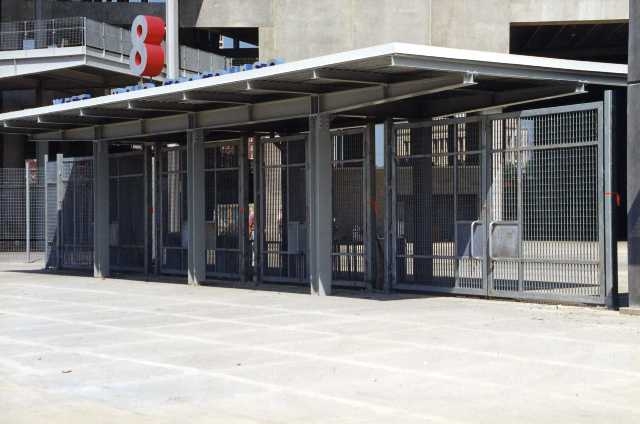
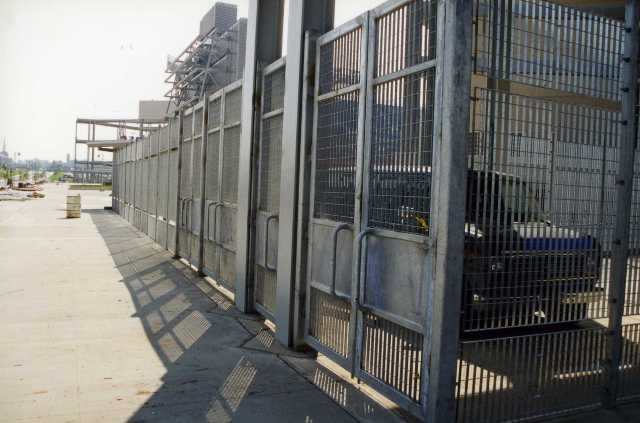
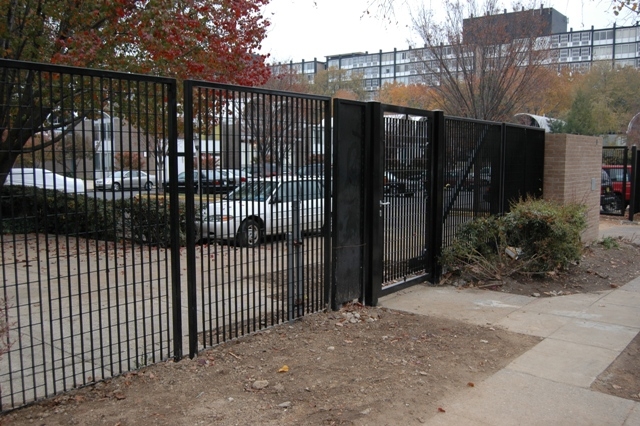
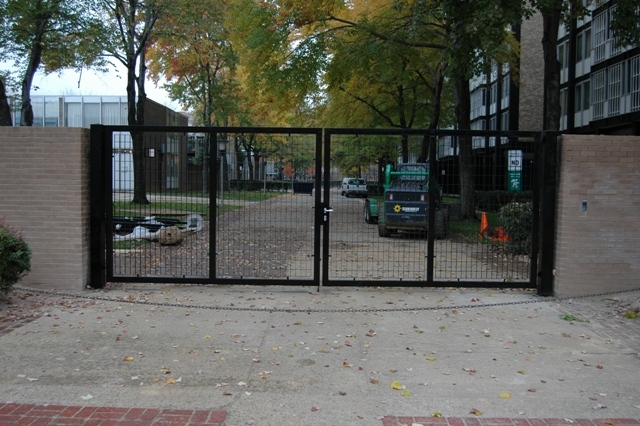

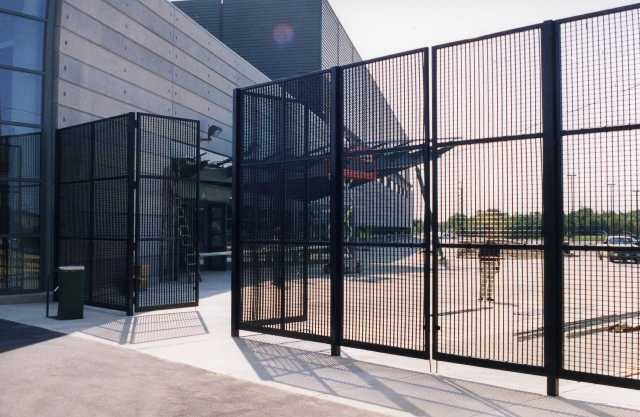

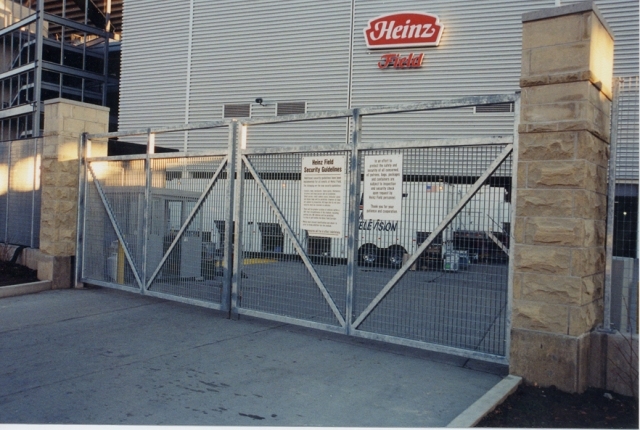


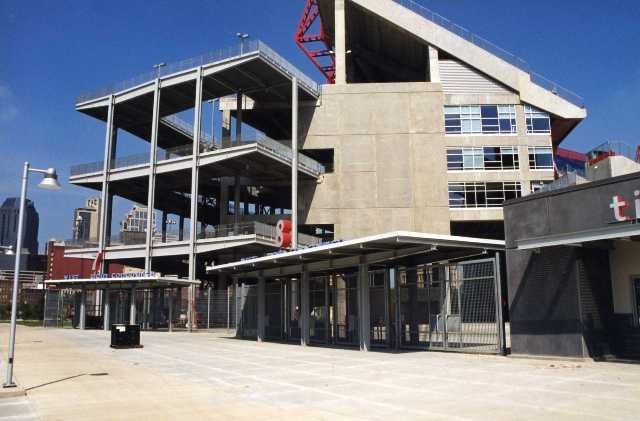

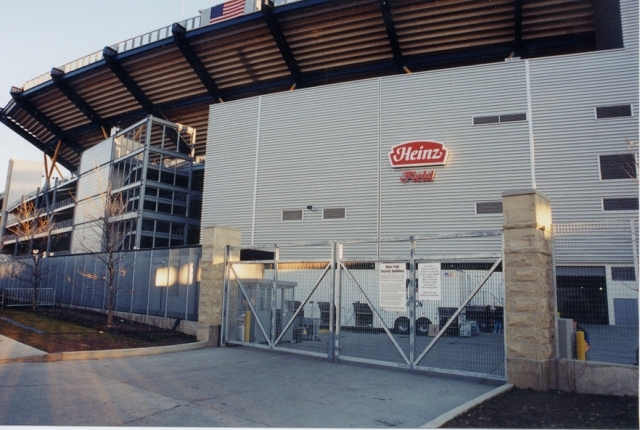

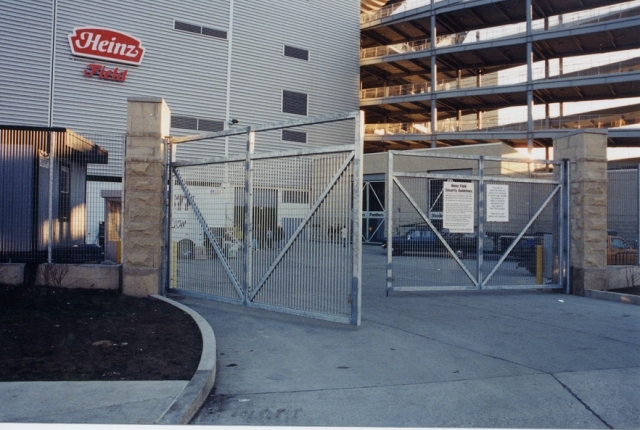
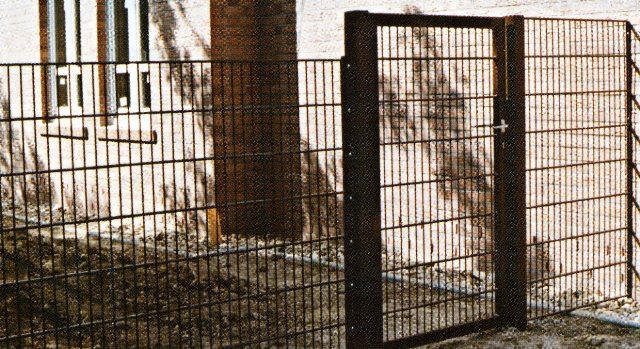
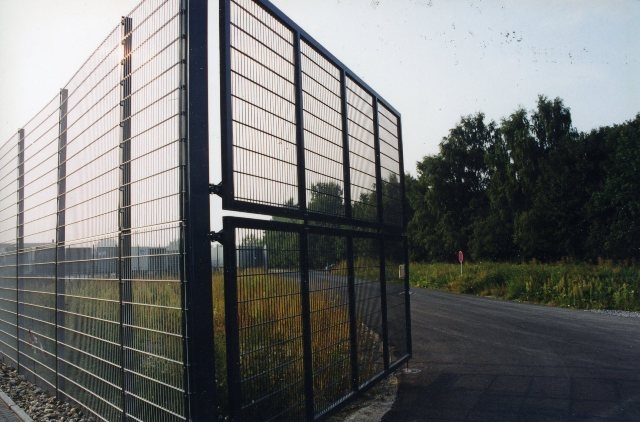
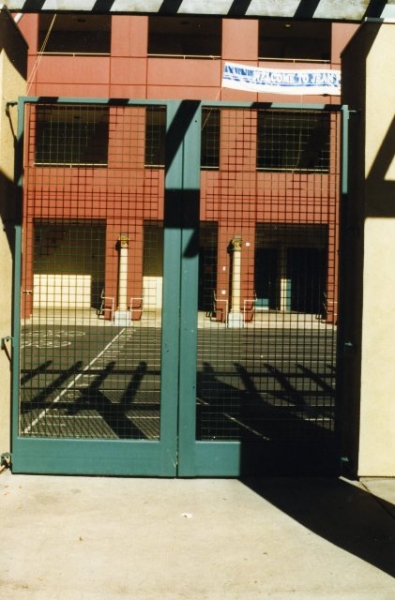
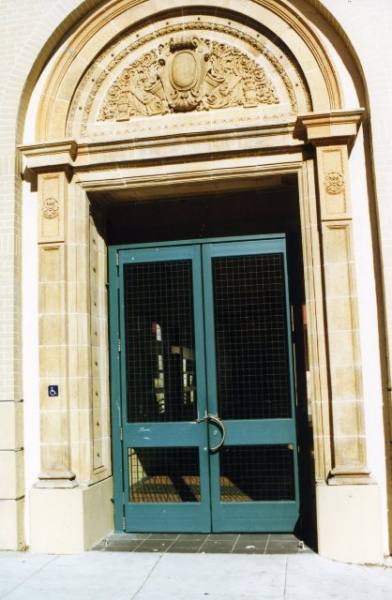
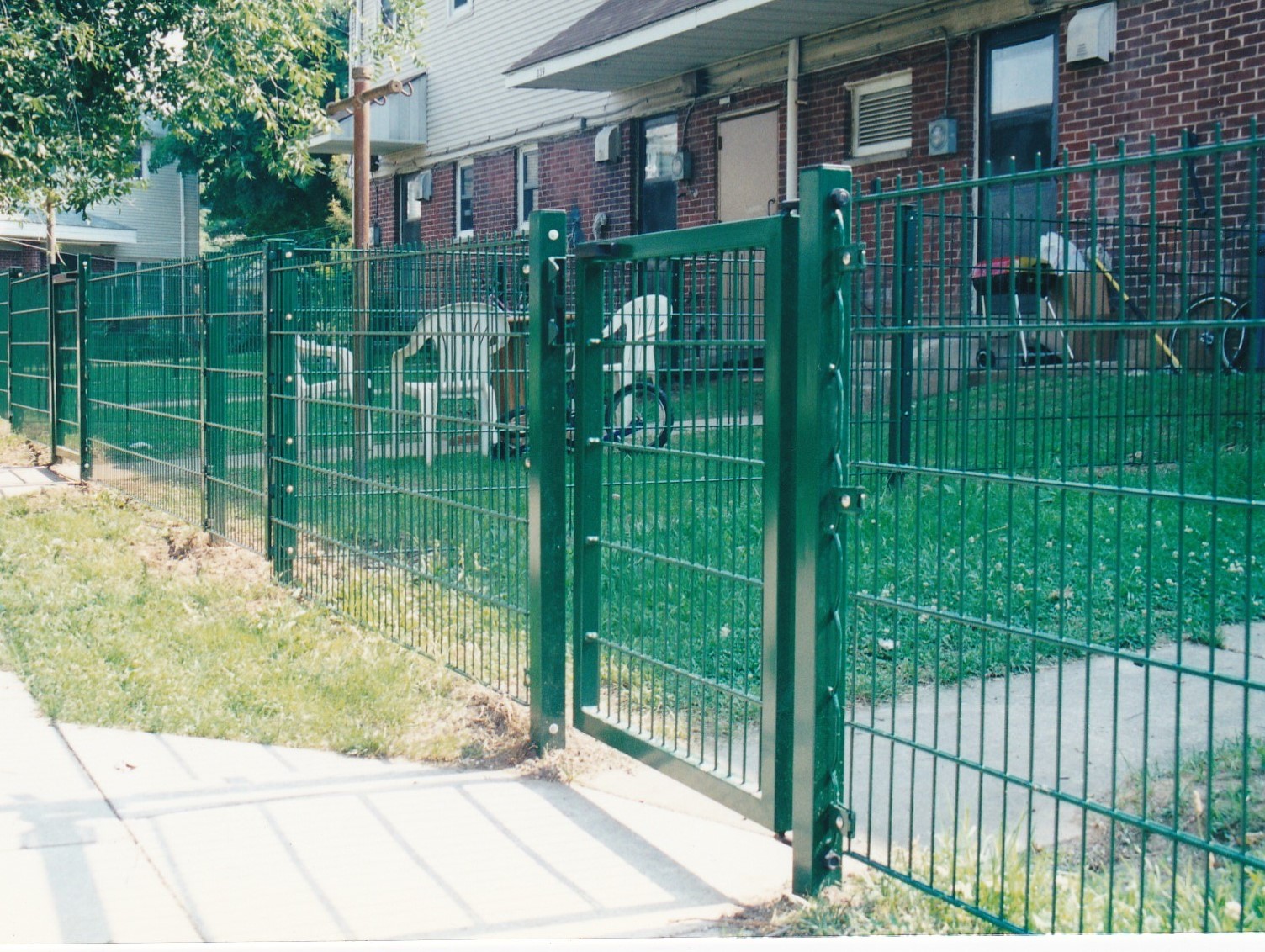
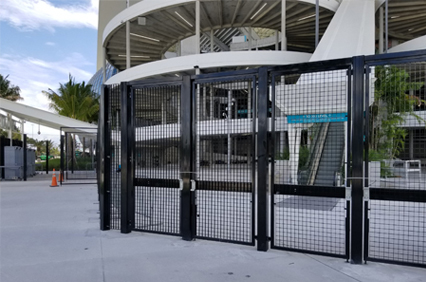
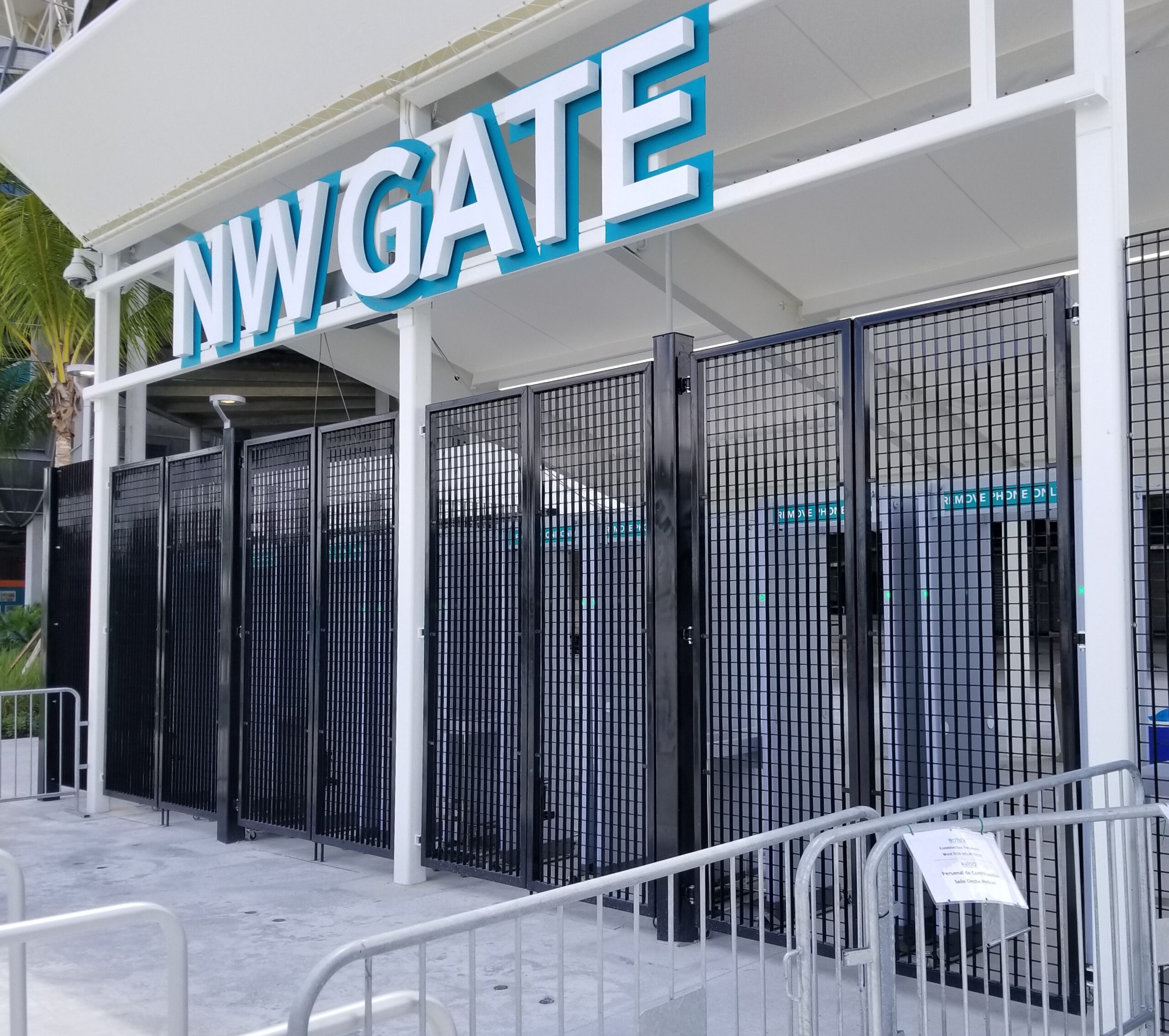






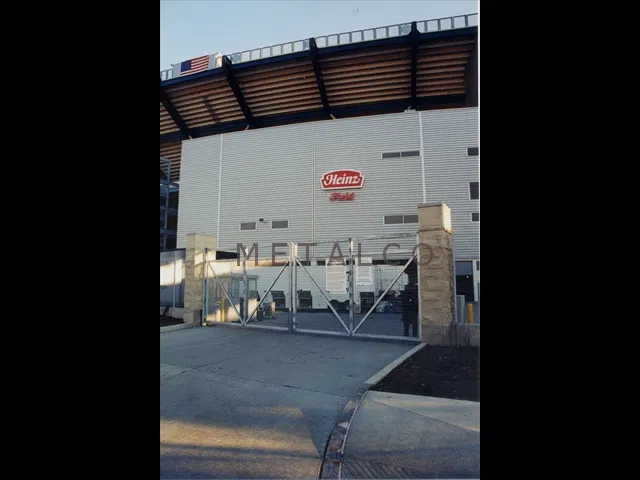





























Organizations that use our products
